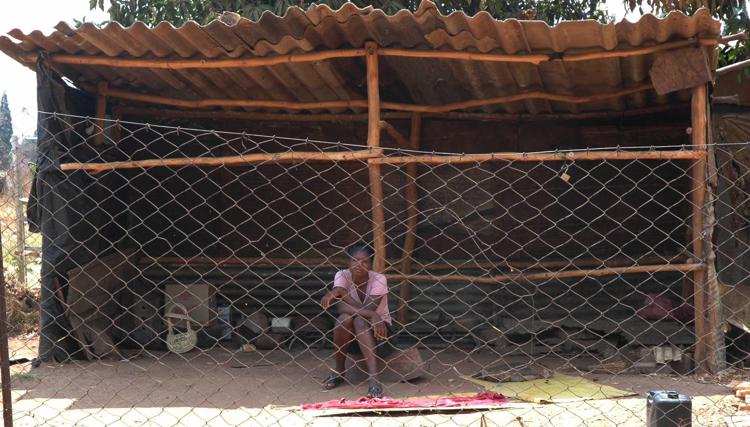

Over 200 million dollars are needed in the first half of 2020 alone to help feed millions of hungry people in Zimbabwe, where years of drought and economic crisis are fuelling an increasingly desperate situation, the United Nations World Food Programme warned on Monday.
“As things stand, we will run out of food by end of February, coinciding with the peak of the hunger season – when needs are at their highest,” said Niels Balzer, WFP’s Deputy Country Director in Zimbabwe. “Firm pledges are urgently needed as it can take up to three months for funding commitments to become food on people’s tables,” Balzer added.
Half Zimbabwe's population - nearly eight million people - do not have enough food to eat and WFP plans to double the number of people it assists to up to 4.1 million, the UN agency said.
Years of drought have slashed food production in Zimbabwe, once an African breadbasket. This year’s maize harvest was down 50 percent on 2018, with overall cereal output less than half the national requirement. By August this year, WFP was forced to launch an emergency lean season assistance programme to meet rising needs, months earlier than anticipated.
Since then, food shortages have become ever more pronounced. This month, maize, was only available in half of the markets WFP monitors countrywide.
Worryingly, runaway inflation has driven up the prices of basic commodities beyond the reach of all but the most privileged Zimbabweans.
Amid dire a shortage of foreign exchange and of local currency, Zimbabwe has seen drastic price increases - bread now costs 20 times what it cost six months ago, while the price of maize has nearly tripled over the same period.
The deepening hardship is forcing families to eat less, skip meals, take children out of school, sell off livestock and fall into a 'vicious cycle' of debt, the agency said. There is little respite expected for the most vulnerable, including subsistence farmers who grow most of Zimbabwe’s food and depend on a single, increasingly erratic rainy season, WFP said.
Adding to the disastrous situation, this season’s rains are again late and inadequate, with planted seeds having failed to germinate in many areas. Forecasts of continuing hot and dry weather in the weeks ahead signal another poor harvest in April, putting lives and livelihoods at risk.
Acute local currency shortages and galloping inflation mean WFP needs to make 'a large-scale switch' from cash-based aid to food distributions but can only do so with sustained donor support, the agency underlined.
And owing to widespread food shortages currently affecting Southern Africa, much of the nearly 200,000 metric tons of food WFP requires must be shipped to South Africa or Mozambique and moved by road into land-locked Zimbabwe.
“While WFP now has the staff, partners, trucking and logistics capacity in place for a major surge in Zimbabwe, it is essential that we receive the funding to be able to fully deliver,” Balzer said.
“The lives of so many depend on this,” he underlined.